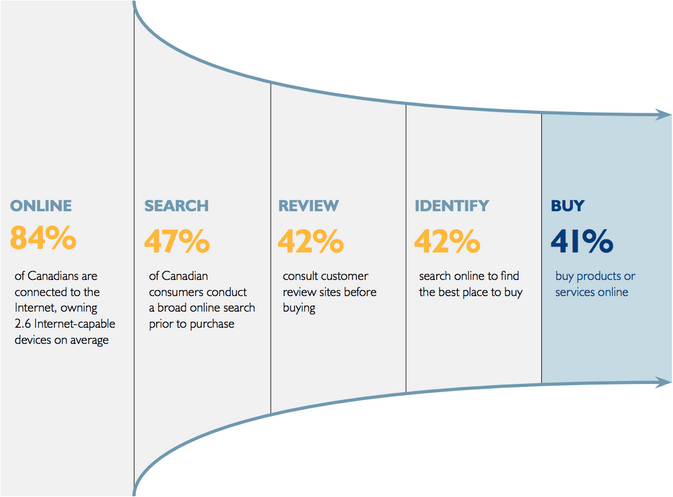 Hi. Welcome to your Marketing Minute. My name is Laurel Lindsay and I’m here to help you identify your target market!
Hi. Welcome to your Marketing Minute. My name is Laurel Lindsay and I’m here to help you identify your target market!
Now why would you want to identify your target market?
Well there’s several benefits to knowing your target market.
It’ll save you a ton of time, money and frustrations spent on your marketing because you’ll know who you serve. And when you know who you serve, you can communicate more effectively to them, attract them to your business, generate more prospects and convert those prospects to sales–which is what we all want, right?
Put that money in your pocket!
So how do you do it?
Well if you have an existing business already then you’ve got a gold mine of data that you can use.
Step One: Analyze the customer demographics that you have:
Ask yourself
- How big are the businesses typically that you’re serving?
- How many dollars in revenue do they generate every single year?
- What’s the position of the person that you’re working with in the company?
- Or, is it a micro-business?
- What’s the geographic location?
Just start looking for patterns and similarities around your existing customer base.
Step Two: Survey your existing customers:
Ask them:
- Why did you come to me?
- What problem did you have?
- Why did you pick me out of any other business out there out of all the competition?
- What value did you get from our interaction?
- Did you feel the pricing was good or bad?
Surveying your customers and asking them questions like this will provide you with a ton of data on your value. And you can use the exact same verbage from your existing customers to speak to your perspective customers which is fantastic.
Step Three: Brainstorm
Now if you don’t have any customers yet, don’t worry. Your 3rd step is where you would jump in on brainstorming.
Start thinking about things like:
- What do these people need?
- What is this imaginary audience that I’m serving?
- What do they actually need from me, not what do they want? So for example they need their toilet fixed as opposed to having, say, a cheap bill, right?
- So what do they need?
- What are they curious about?
- What kind of questions do they need answered before they are ready to lay out their cash?
- What are they ready for?
- Maybe they are not ready to lay out cash, but are they ready for a call with you?
- Are they ready for an assessment?
- Are they ready for an e-book?
When you start to gather that information together, you get an idea or an “avatar” of who your prospect is.
And the demographic information may not necessarily be the same, but if you get the psychographic information together around what their needs are and who they are or what their personality is like, then that will give you an audience to speak to.
Step Four: Check in with yourself.
Then go ahead and reflect on if that feels right to you.
I know this may sound a little bit airy-fairy but if you already have existing customers, think about the ones who are most profitable that you love to work with. And contrast those with the ones that are a bit of a pain in the hiney.
You want to focus, where-ever possible on working with people that make you feel good and generate profits for you.
Step Five: Test and Refine
And then lastly, test. So you have this hypothesis now on who your target market is, go out and try and market to them and see if that works. And then look at the data that is provided through Google Analytics or any Social Media reporting tools and refine accordingly.
And so that’s how you figure out who your target market is. It’s a bit of a trial and error, a bit of science and a bit of gut-feel.
And if you liked this One Minute Tip, please don’t hesitate to subscribe to my channel. You’ll get a new tip in your inbox every single week. If you found this valuable, please consider sharing with your network. And thank you for joining me on how to identify who your target market is. Wasn’t that easy? That was easy!
 We are going to cover 5 ways that you can increase your effectiveness and decrease the time you spend web marketing yourself.
We are going to cover 5 ways that you can increase your effectiveness and decrease the time you spend web marketing yourself.
























